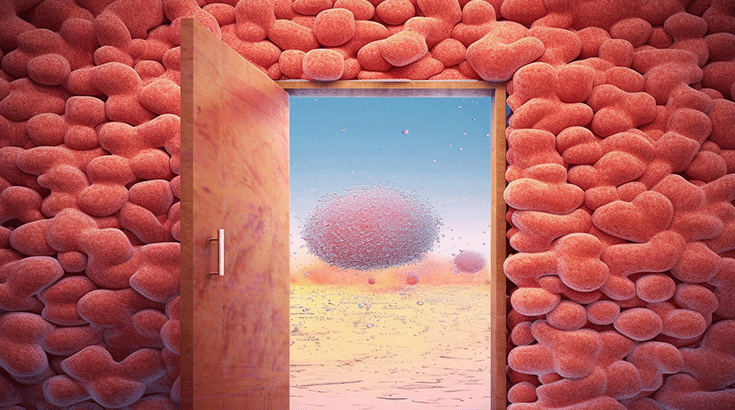In this episode, Carol Robertson PhD, creator of Brain Art and Brain Sculpture and a Havening Trainer uses beautiful analogies as she discusses the neuroscience around potentiation (add “doors” or receptors to our brain cells) and depotentiation (reabsorbing those “doors”).

By paying attention to the predictions that our brain is making day in and day out for us, we can start a dialogue with our brain and effect what “doors” are created or recycled.
The Invite:
Be a brain artist! Pay attention to your brain’s predictions and the CASEs you come across. Recall that CASE stands for:
- Cognition (eg our thoughts and stories)
- Autonomic (eg heightened symptoms of mobilization: the sympathetic nervous system’s responses)
- Somatosensory (what’s going on in the body, sensations, posture, etc)
- Emotion (your emotional state and the feelings that come from that)
CASE is a great acronym whether we are considering the RISK side of the V, or the REWARD side of the V. If we notice a CASE that is a risk prediction, Havening Touch can be applied (see below for examples). We also want to notice the CASE that comes up for that REWARD side of the V: Look for those ELFS moments — these are the times that you feel safe and free. Consider:
- Event (what’s going on?)
- Landscape (what’s your CASE in this case?)
- Freedom
- Safety
Carol expands on her brain artistry practice by recommending that you dialogue with your brain because you can adjust your CASE. Sometimes a simple rewording will help (the C in case). Other times, when you notice a risk-based CASE, Havening Touch can signal that you are safe (can be great for all the letters: C,A,S, and E).
When you notice those reward-based cases, Havening Touch can also help to amplify the number of “doors” we have for these predictors of reward.
Havening and Gratitude Example (Hillary Russo)
Watch on YouTube
